Tag: industrial archaeology
-
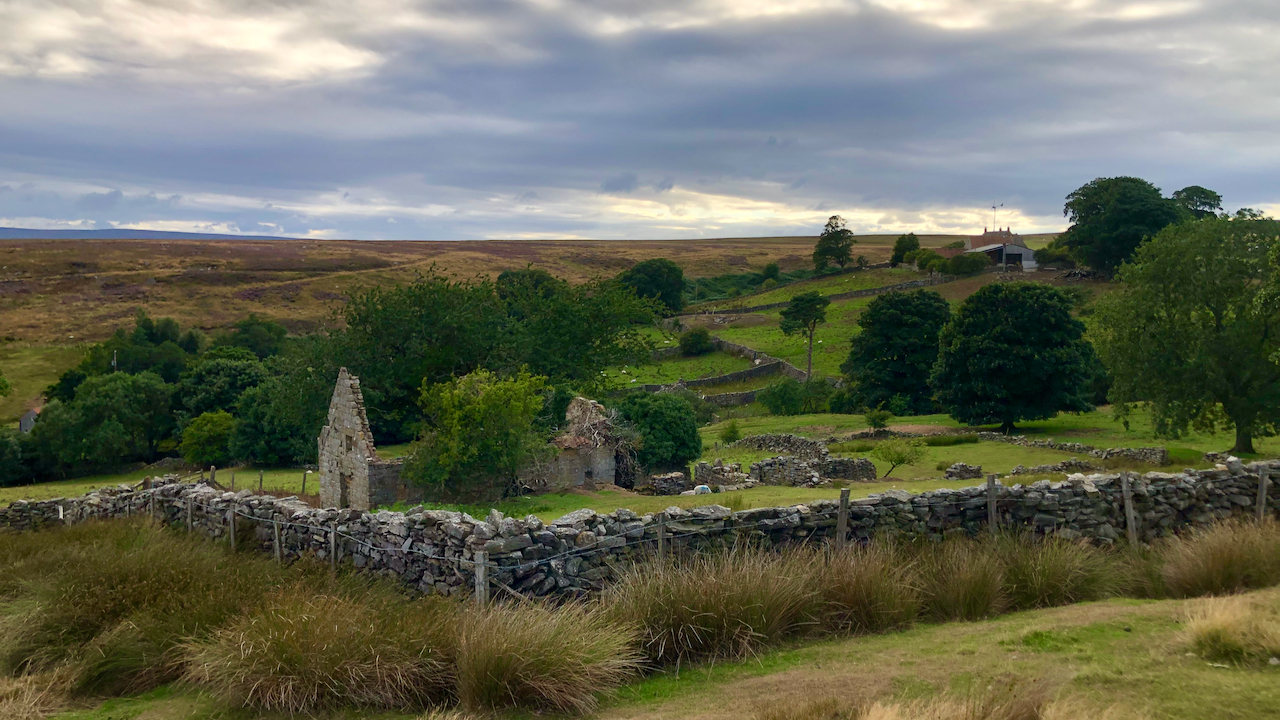
Clither Beck
Ruined cottages at Clither Beck. In the distance is Clitherbeck Farm or ‘Doubting Castle’ as it used to be called. Why, oh why was it renamed? This valley was once the scene of extensive coal mining activity. The coal comprised two seams overall 38cm thick with 10cm of shale in the middle at a depth…
-
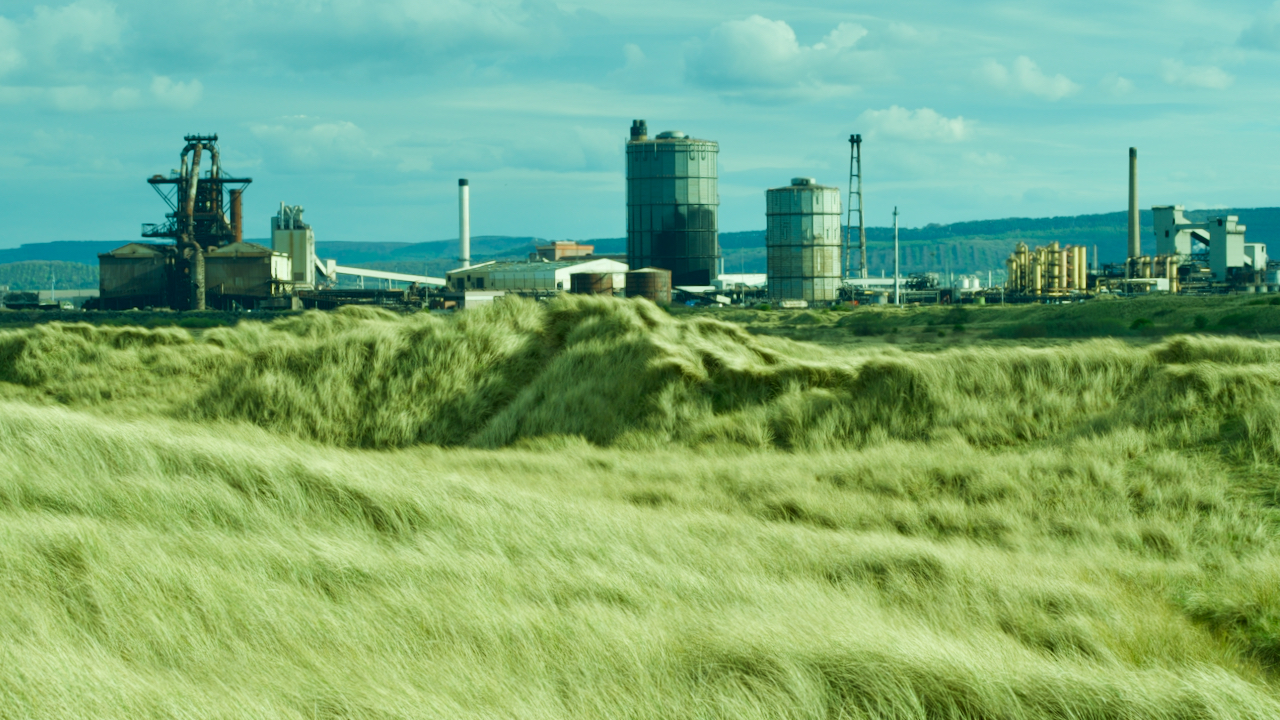
Redcar Blast Furnace
In many respects the most notable feature of any integrated iron and steel works, whether operational or non-operational, a blast furnace is an impressive example of industrial architecture at its best. Located at the northern end of the development, at the boundary between the North Industrial Zone and Coastal Community Zone Redcar Blast Furnace is…
-
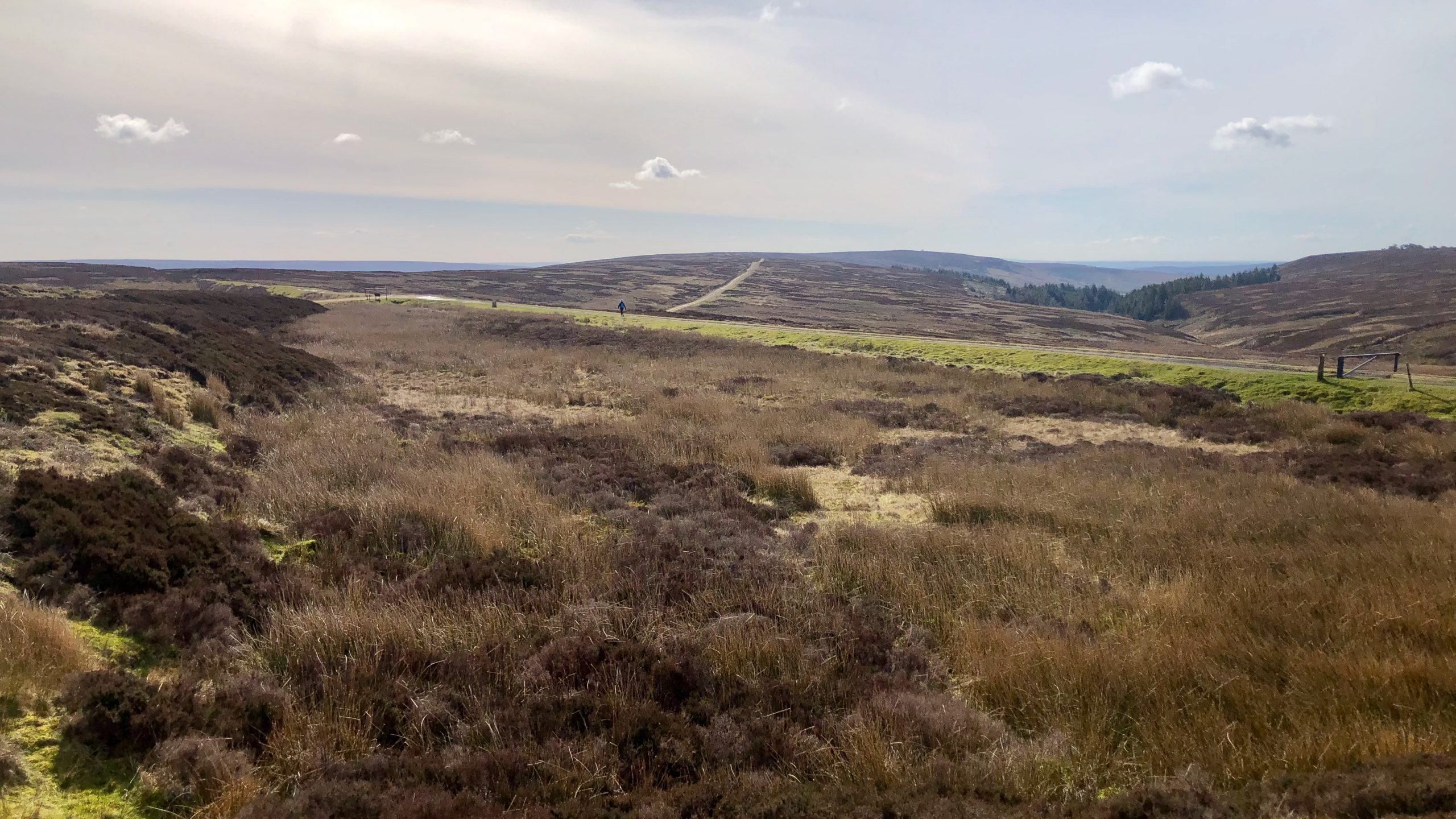
Bloworth Crossing
Or Blawith, as I’ve seen it written. Or Blowith. Many names, but a well-known feature on several long-distance path over the moors. Where the Rosedale mineral railway crossed the ancient track along Rudland Rigg, a track which, in 1934. Alec E. F. Wright described as a “grass road” and “exhilarating”. In the 21st-century, the Rudland…
-
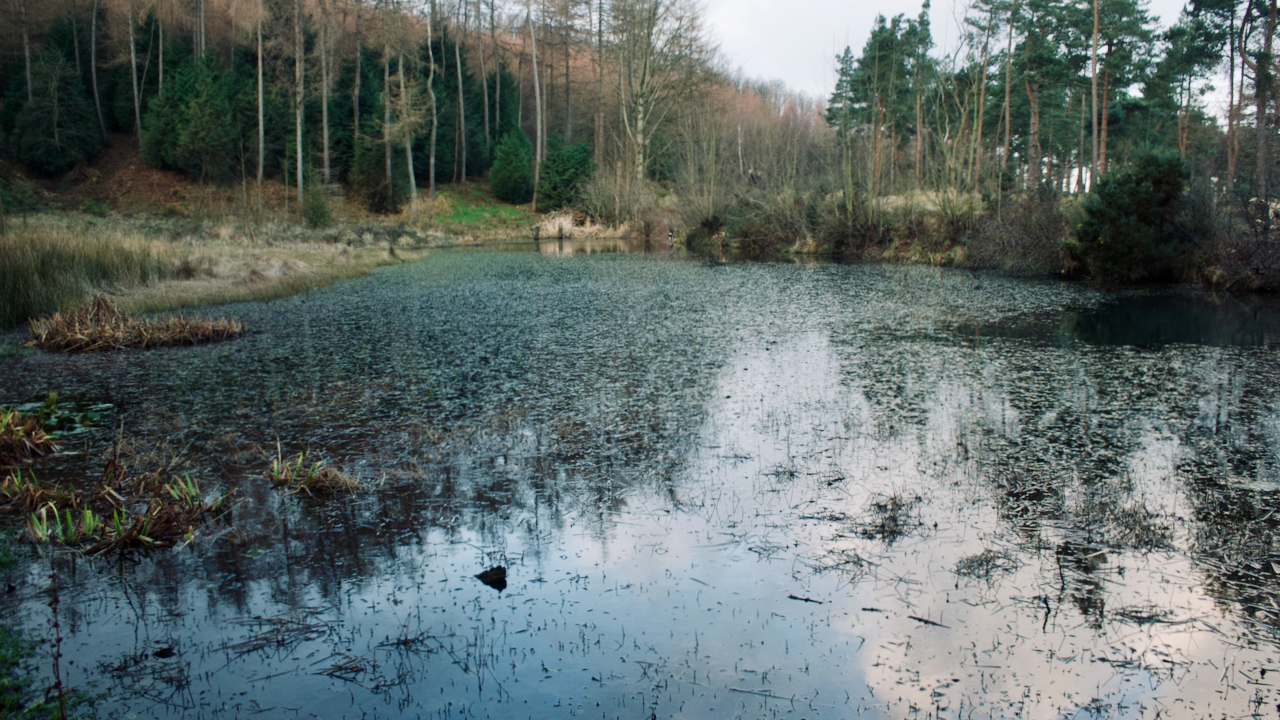
Went for a bimble around the Belmont Ironstone Mine
To be clear this is the old mine, which operated between 1855 and 1877, and not the new one which was sited a kilometre further west and which operated in the first half of the 20th-century. I didn’t really expect to find anything. The authoritative “Catalogue of Cleveland Ironstone Mines” by Peter Tuffs doesn’t mention…
-
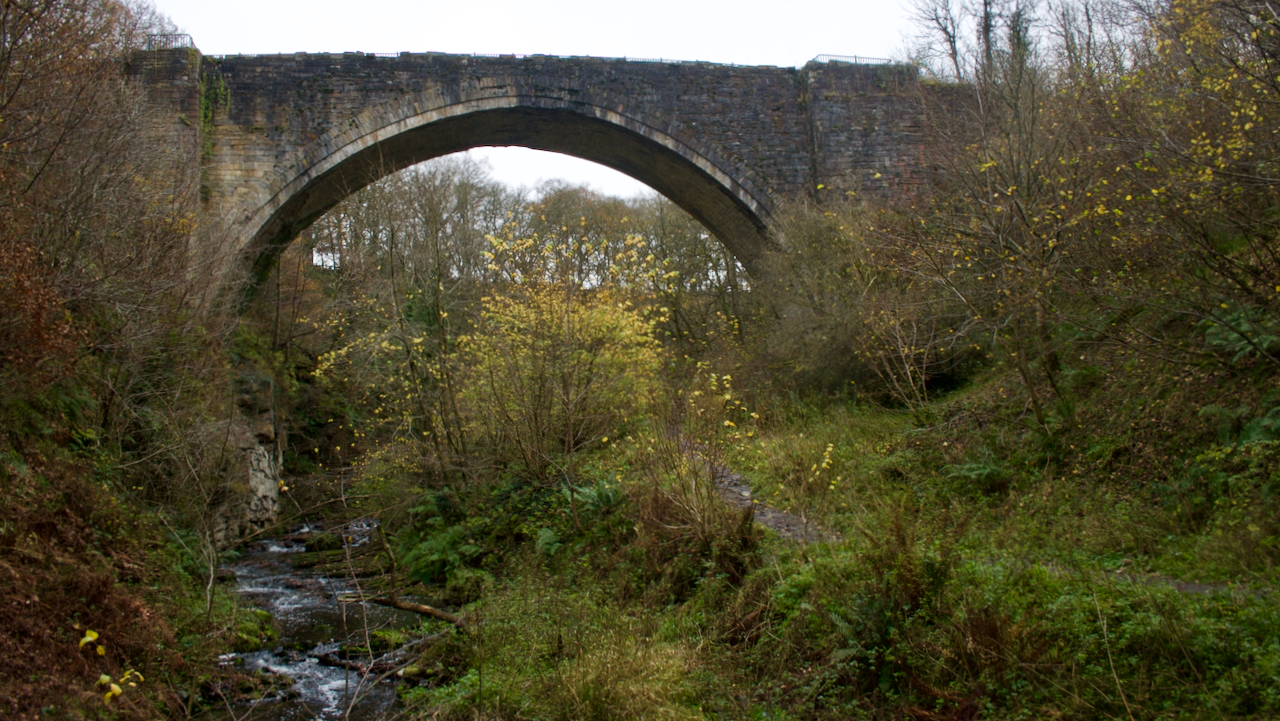
Causey Arch
Prior to the late 17th-century, transportation of materials across the country was slow and difficult. Either by horse drawn carts or teams of ponies. More forward thinking industrialists were developing wagon-ways, horse-drawn first with wooden rails and rollers, then with flanged iron wheels. In the 1720s, when coal-owners were considering exploiting the coal fields below…
-
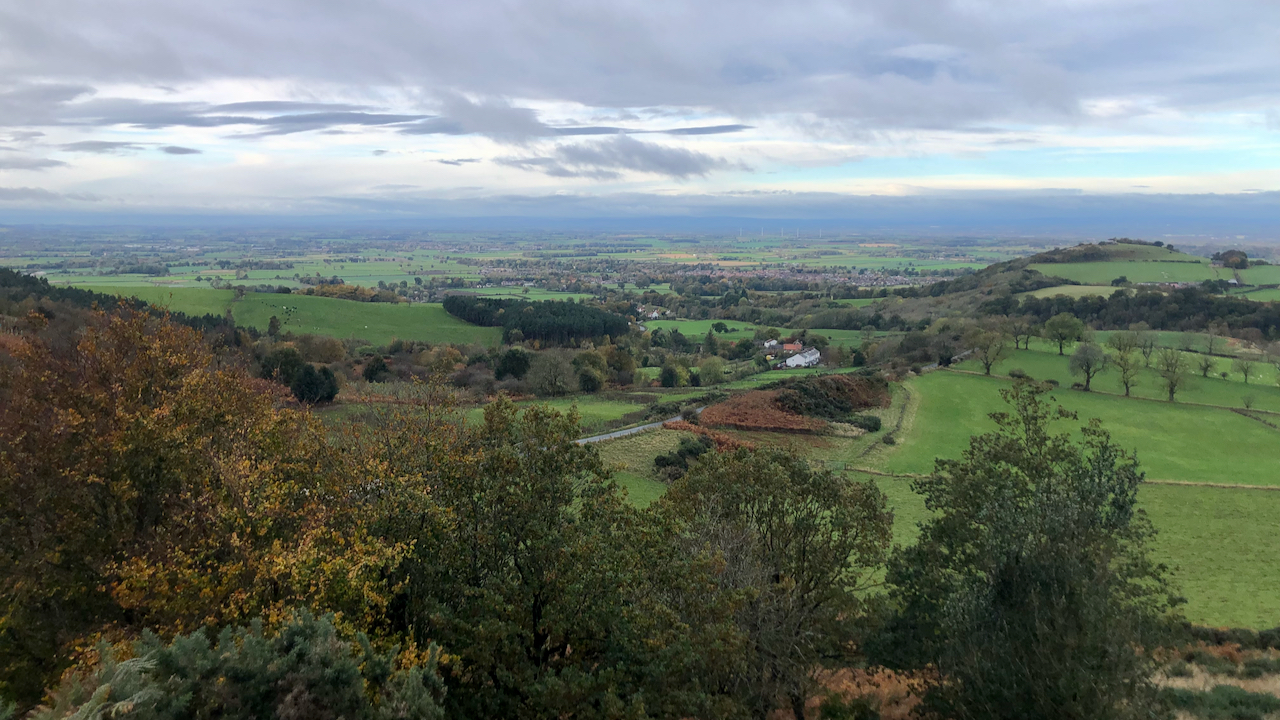
Gribdale
I’ve never really figured out where Gribdale begins and where it ends. There is no dale as such. The col between Capt. Cook’s Monument and Great Ayton Moor is known as Gribdale Gate. Beyond that, we’re into Lonsdale, so Gribdale must lie this side. But there is no valley. A stream does spring out from…
-
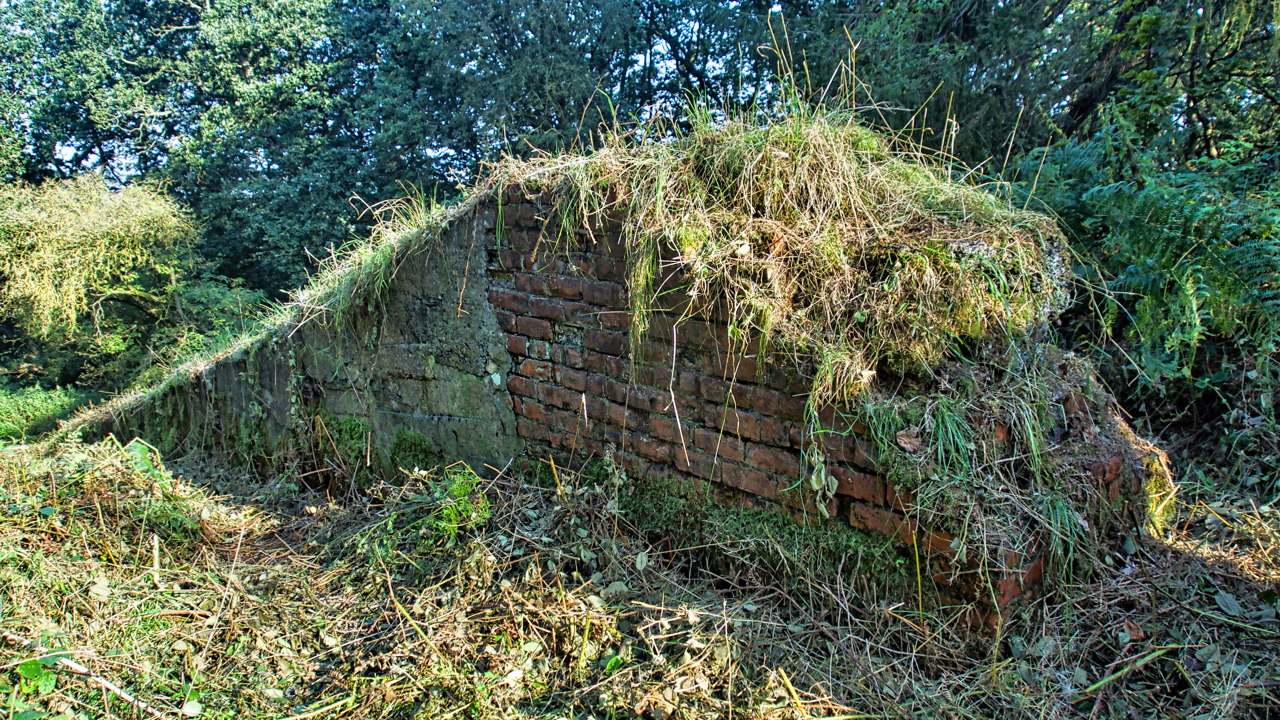
Tramway kip, Newton Wood
Last Friday’s task for the National Trust volunteers was to clear bracken and brambles from the industrial archaeology remains in Newton Wood. Stripped of undergrowth the shape of this unusual structure becomes clear. It’s the head of a narrow-gauge tramway incline down which wagons full of ore from the Roseberry Ironstone Mine rolled down under…
-
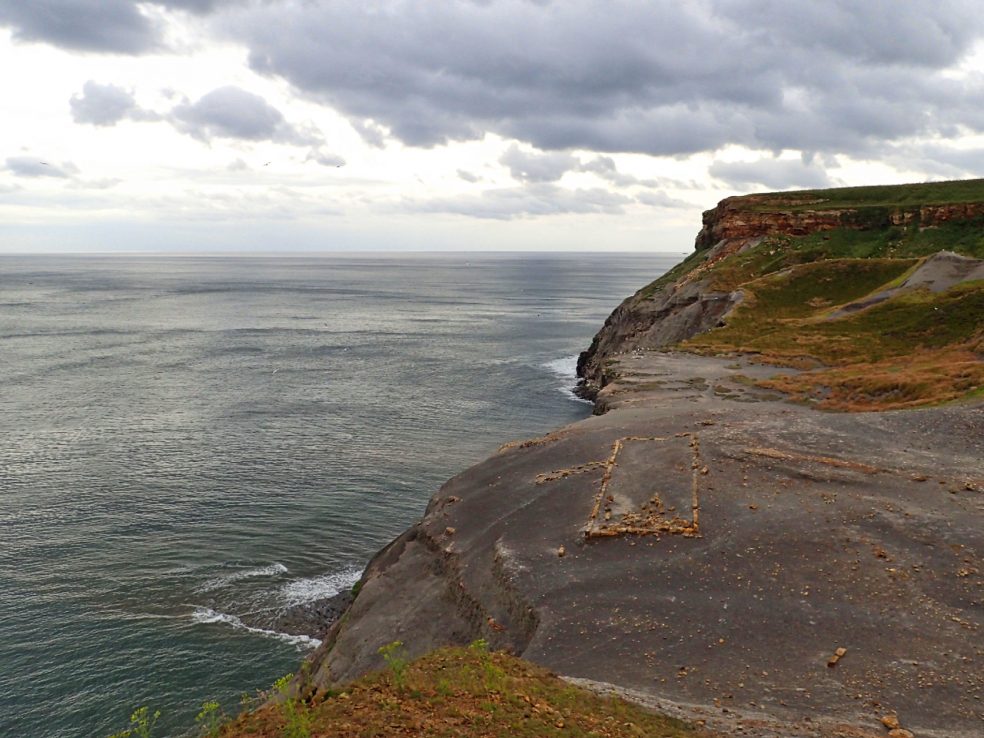
Kettleness Alum Works
The alum works at Kettleness has completely transformed the promontory jutting out into the North Sea. It resembles a moonscape where nothing much grows even after the 150 years since the last alum was produced. Work started in the early 18th century. There are few remains. Much have been lost to the sea. It is only a…
-
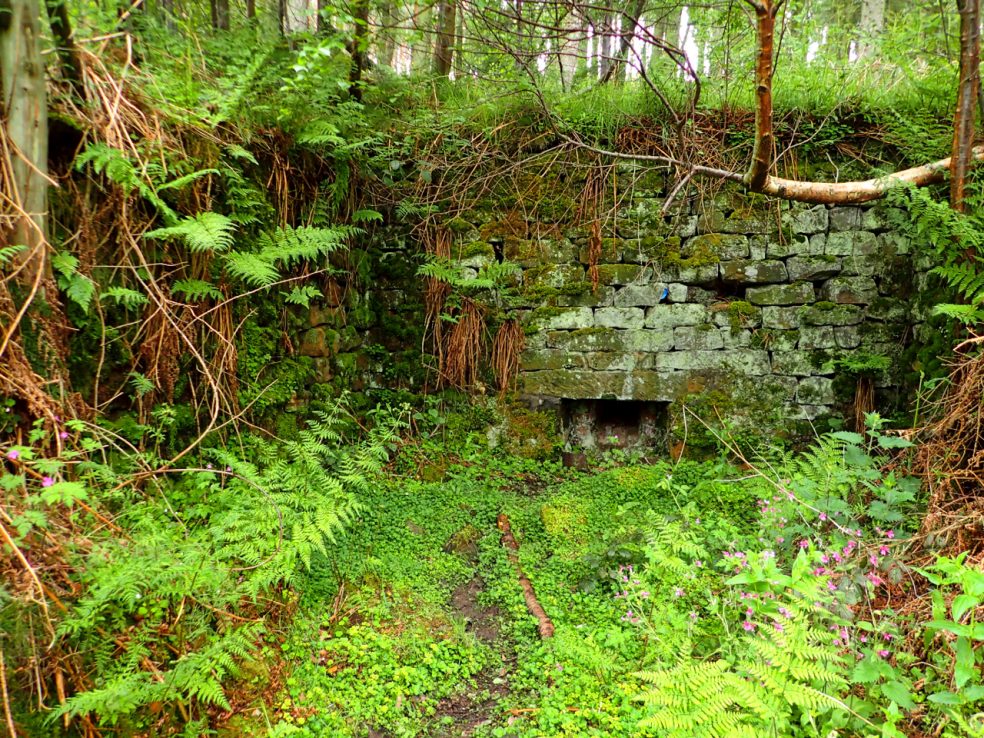
Mystery wall
Deep in the heart of Hutton Lowcross Wood, below the Hanging Stone, this wall of dressed sandstone is a bit of a mystery. It forms a small recess and seems to be on the same level as the old jet workings but these don’t usually have stonework associated with them being just small scale drifts into the…
-
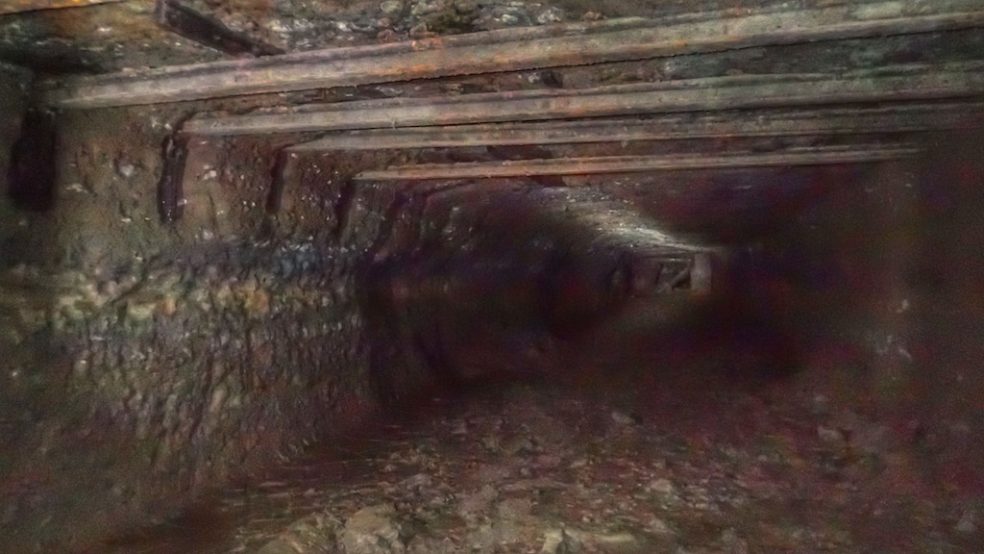
Grinkle Ironstone Mine
A second dose of industrial archaeology in as many days. This is just inside the drift of the Grinkle Ironstone Mine, near Staithes. The mine dates from 1865 and operated until the 1920s. Output ceased in 1921 but was recommenced six years later with final production in 1929. Ore was carried by rail through a couple of tunnels…